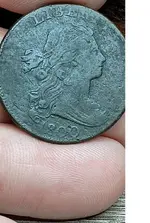- Thread starter
- #21

To olddog , thanks for the email olddog,I enjoy the research,and collection of documents,as much or more than the field trips.
To DJUI5,please dont send me anymore emails, just post what you want to say to the thread,so everyone can read it. If I wont post the map,why would I send a copy to your friend? Sorry to hear you were followed,and shot at,being cautious is a key word in dealing with people and imformation







